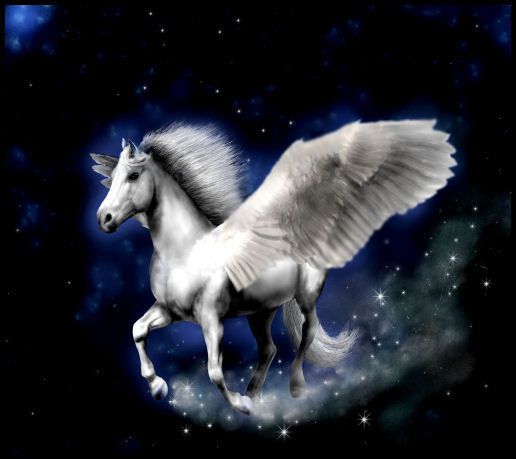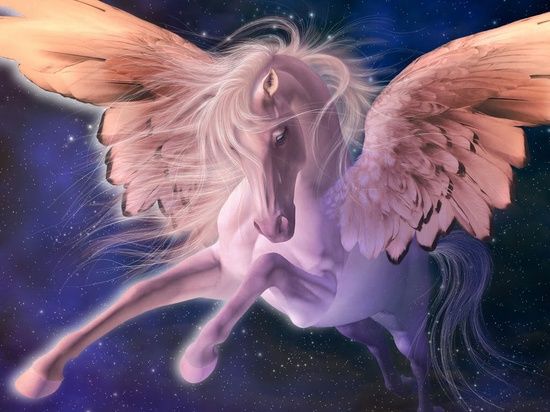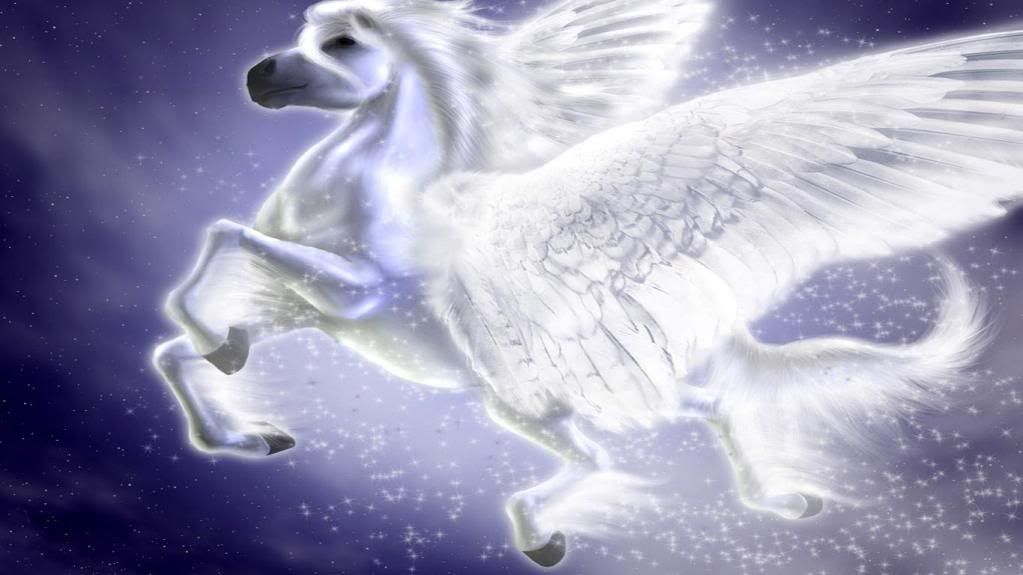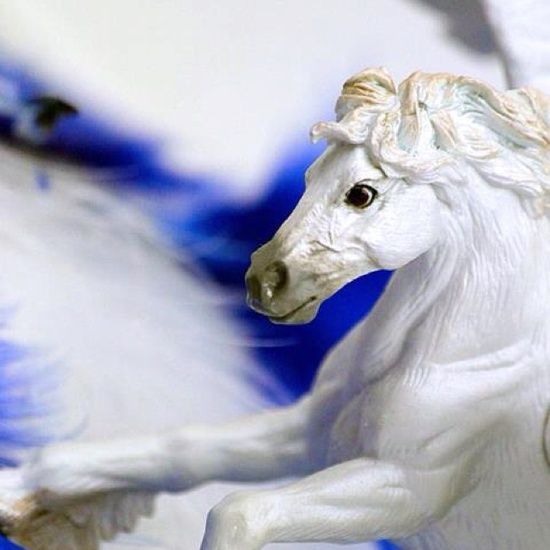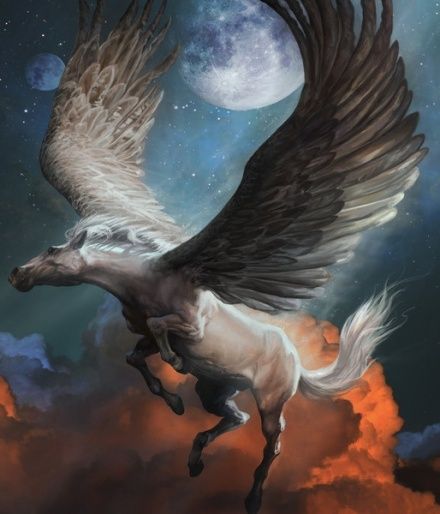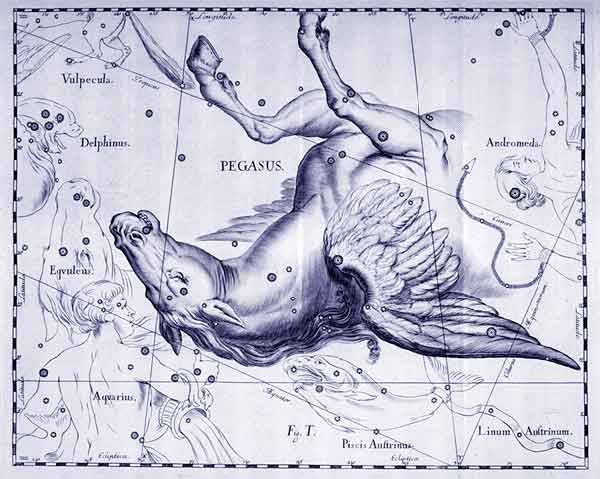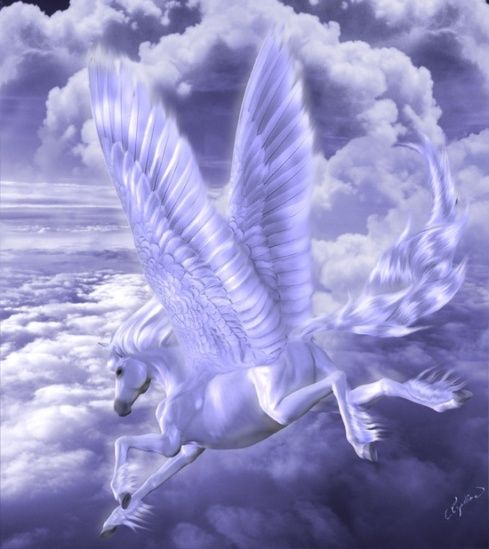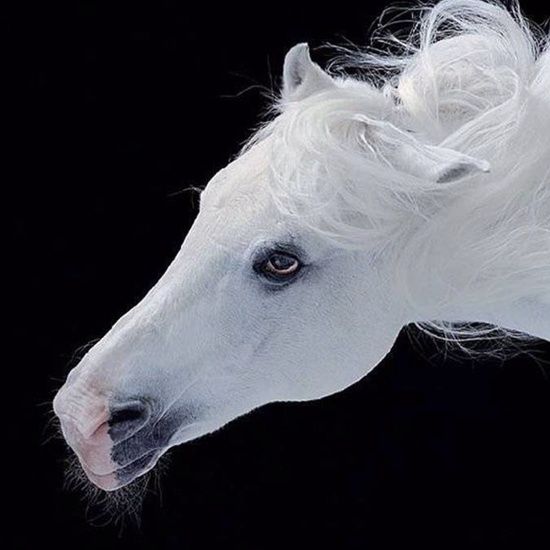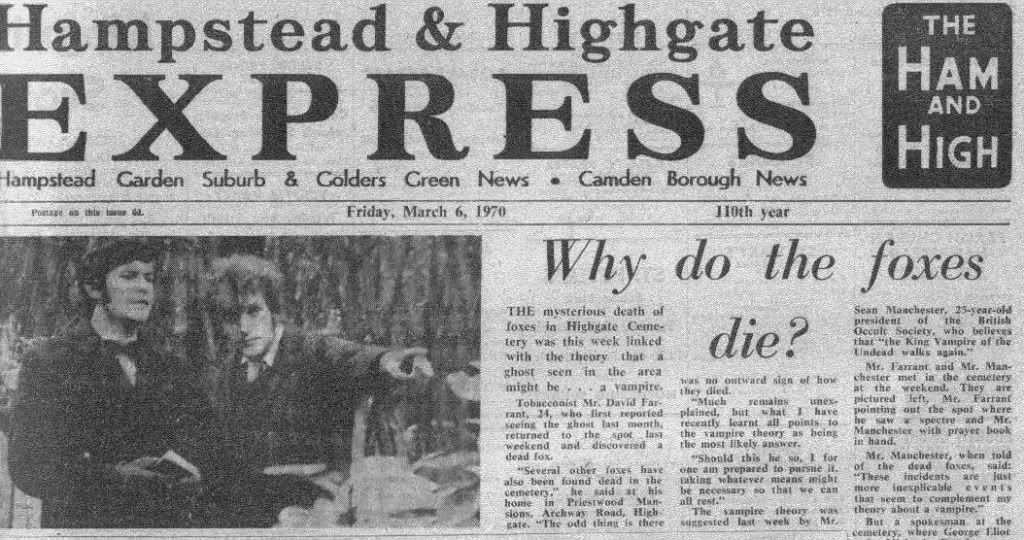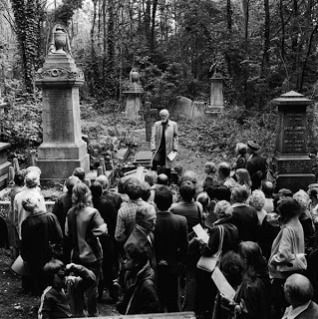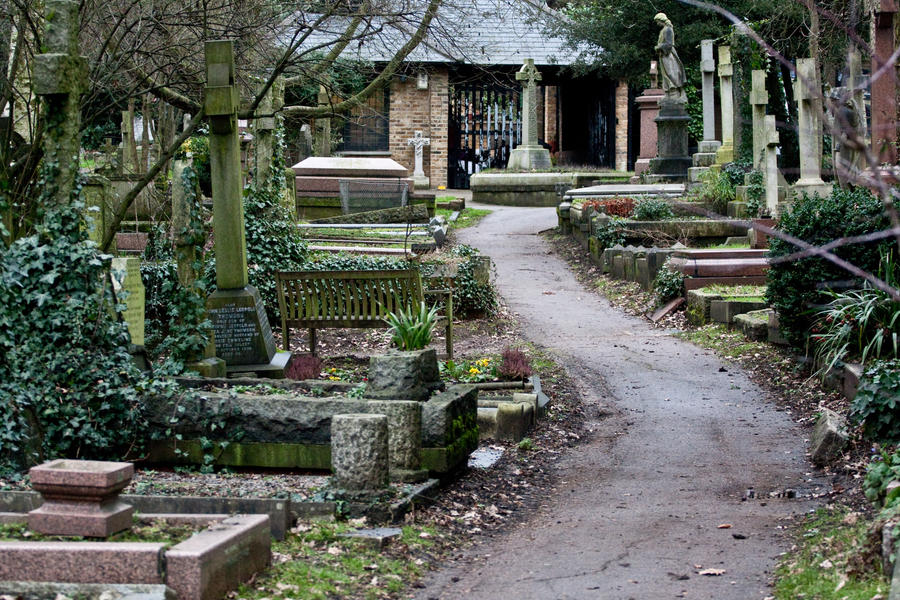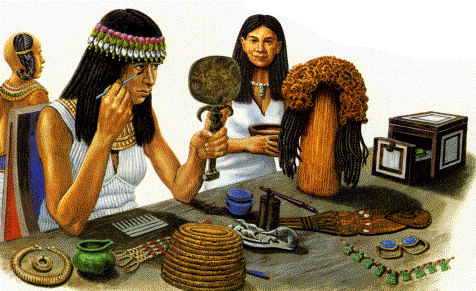Pegasus (from the Greek Pégasos: Πήγασος), the famed winged horse of Greek myth was, according to lore, created at the death of Medusa. How exactly Pegasus was created varies, as does the idea that Poseidon; the Greek god of the sea, and of horses, is his father. In some myths Pegasus springs from Medusa’s neck after her head has been severed by the hero Perseus.
In others Pegasus is created by the merging of Medusa’s blood with sea foam, it seems unclear however whether this would make Poseidon or Oceanus his father. In yet other tales Pegasus is created when Medusa’s blood mixes with the earth – this version of the myth goes against the idea of Oceanus or Poseidon's paternity.
The account given in Hesiod's Theogony is that Pegasus sprang from Medusa's neck along with Chrysaor, and that he was so named because he was born beside the waters of Oceanus - the river which encircled the world.
Pegasus was, for a while, the steed of the Greek hero Bellerophon, aiding him in killing the Chimera and defeating the Solymians and the Amazons. However, Bellerophon grew arrogant and attempted to ride Pegasus to Mount Olympus. For his impiety, Zeus sent a gadfly to bite Pegasus, causing him to rear and throw Bellerophon off. In some myths, after this incident, Pegasus became the carrier of Zeus’ thunderbolts.
Pegasus is often associated with the nine Greek muses, sources of inspiration for the Greek world. He created the spring Hippocrene, on Mt Helicon – home of the muses - by striking the rock with his hooves to command the mountain to return to its normal size on the orders of Poseidon, after Mt Helicon swelled with pleasure during the singing contest between the muses and the Pierides.
The presence of the ‘sus/sos’ in his name suggests a pre-Greek origin, allowing Pegasus to be dated back to around the middle of the Bronze Age.
Since then, 'Pegasus' has come to mean for many people, any winged horse, sometimes referred to as pegasi (plural), pegasuses (pl.), or pegas (single, family, or herd). However, some people dispute these names and argue that 'Pegasus' refers specifically to the winged horse of Greek mythology, and that the racial name is 'pterippi'.
As with most legendary characters from Greek mythology, Pegasus eventually became a constellation, this constellation makes up one of our 88 modern constellations, belonging to the northern hemisphere and visible in Autumn. It is often viewed in an upside down position, giving it the appearance of emerging from the ocean.
Today Pegasi are more closely associated with the fantasy genre and are one of the more popular and widely known mythical creatures. They can often be found in both fantasy fiction and art.
Source: www.elftown.com/_Pegasus
Versione Italiana:
http://inovemondi.forumfree.it/?t=65600126
